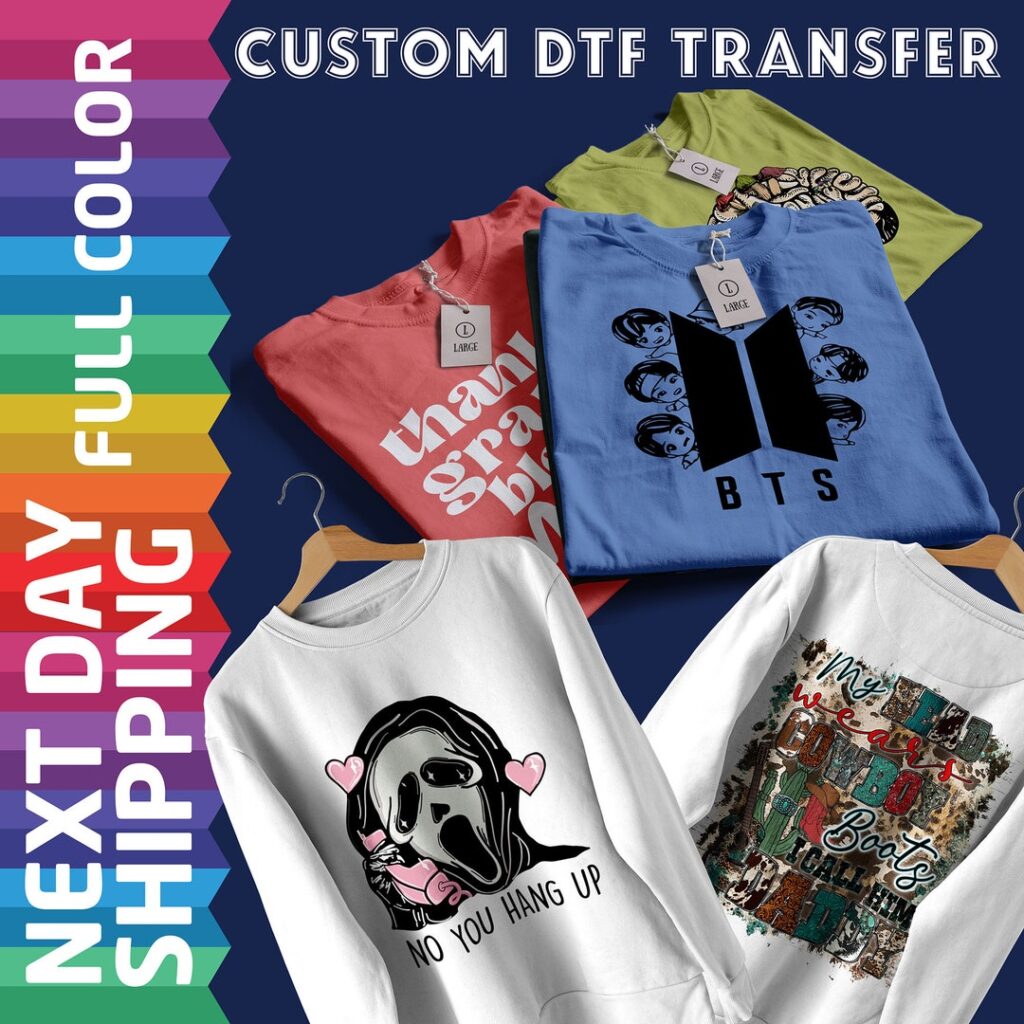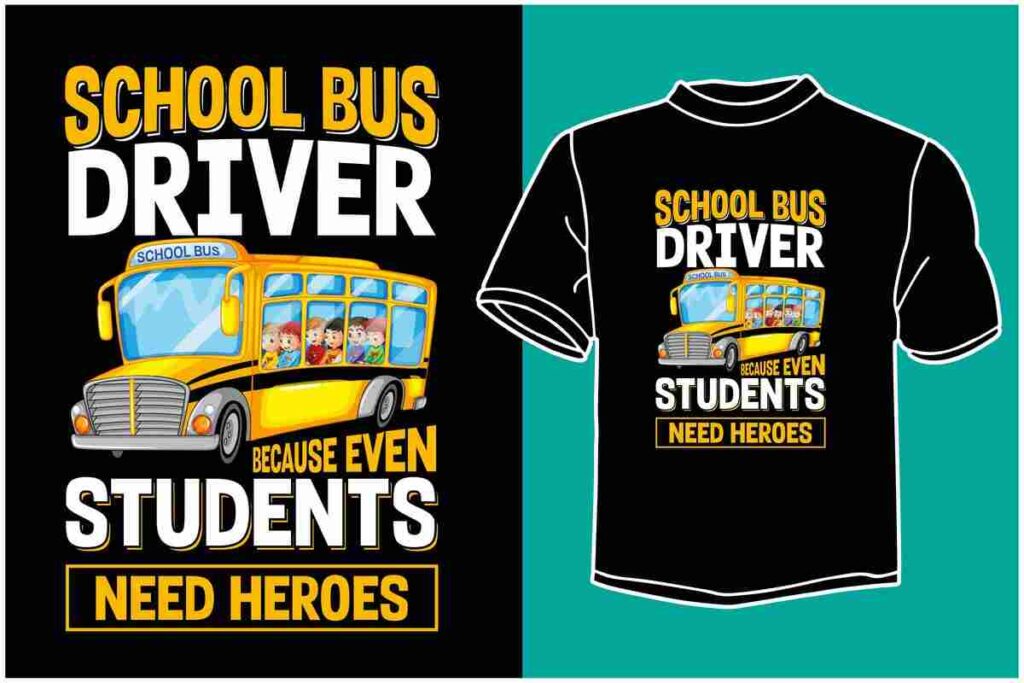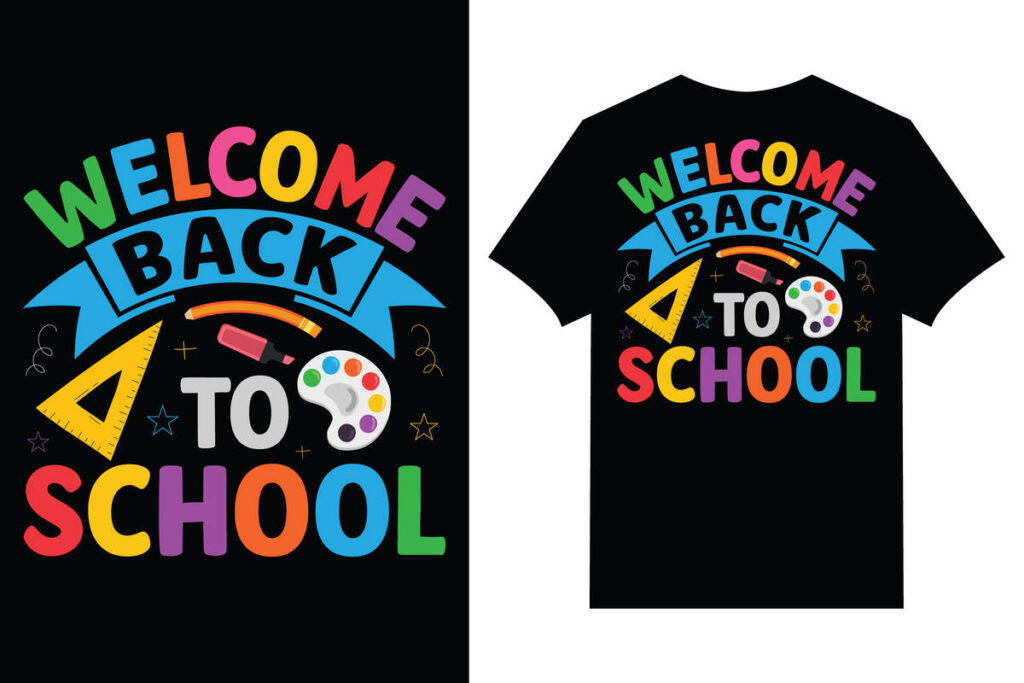Customizable DTF (Direct to Film) transfers have become a popular choice for teams looking to showcase their spirit and unity. These transfers allow for high-quality, vibrant designs that can be easily applied to various fabrics. In this article, we will explore several key aspects of customizable DTF transfers for team spirit, providing insights into their benefits, applications, and more.
Benefits of Customizable DTF Transfers
Customizable DTF transfers offer numerous advantages for teams. One of the primary benefits is the ability to create unique designs that reflect the team’s identity. This customization fosters a sense of belonging among team members and fans alike. Additionally, DTF transfers are known for their durability and resistance to fading, ensuring that the designs remain vibrant even after multiple washes.
Another significant advantage is the versatility of DTF transfers. They can be applied to a wide range of materials, including cotton, polyester, and blends, making them suitable for various apparel items such as jerseys, hoodies, and hats. This flexibility allows teams to create a cohesive look across different types of merchandise, enhancing their overall brand presence.
Design Considerations for DTF Transfers
When creating customizable DTF transfers, design plays a crucial role. Teams should consider their color schemes, logos, and any text that will be included in the design. It’s essential to choose colors that not only represent the team’s identity but also stand out on the chosen fabric. High-contrast designs tend to be more eye-catching and memorable.
Moreover, the size and placement of the design are vital for achieving the desired impact. Teams should experiment with different layouts to find the most appealing arrangement. Utilizing design software can help visualize how the final product will look, ensuring that the transfer aligns with the team’s vision.
Application Process for DTF Transfers
The application process for DTF transfers is relatively straightforward, making it accessible for teams to implement. First, the transfer is printed onto a special film using high-quality inks. Once printed, the transfer is cut to the desired shape and size. The next step involves preheating the fabric to ensure proper adhesion.
After preheating, the transfer is placed onto the fabric and pressed with a heat press machine. The heat and pressure activate the adhesive, bonding the design to the fabric. It’s crucial to follow the manufacturer’s instructions regarding temperature and time to achieve the best results. Once cooled, the transfer is ready for wear, showcasing the team’s spirit in style.
Popular Applications of DTF Transfers in Team Spirit
Customizable DTF transfers are widely used in various applications to promote team spirit. One of the most common uses is on sports jerseys, where teams can display their logos, player names, and numbers. This personalization not only enhances team unity but also allows fans to support their favorite players.
Additionally, DTF transfers are popular for creating promotional merchandise such as t-shirts, tote bags, and caps. These items can be sold at events or given away as part of team promotions, helping to spread awareness and foster community engagement. The ability to customize these products makes them appealing to a broad audience, from players to fans.
Cost-Effectiveness of DTF Transfers
One of the key considerations for teams when choosing a printing method is cost-effectiveness. Customizable DTF transfers are often more affordable than traditional screen printing, especially for small to medium-sized orders. This affordability allows teams to create high-quality merchandise without breaking the bank.
Moreover, the efficiency of the DTF printing process means that teams can produce items quickly, which is particularly beneficial during peak seasons or for special events. The ability to create short runs of customized items without significant setup costs makes DTF transfers an attractive option for teams looking to maximize their budget.
Future Trends in Customizable DTF Transfers
The future of customizable DTF transfers looks promising, with advancements in technology leading to even better quality and efficiency. Innovations in ink formulations and printing techniques are expected to enhance the vibrancy and durability of transfers, making them an even more appealing choice for teams.
Additionally, as sustainability becomes a more significant concern, there is a growing trend towards eco-friendly inks and materials in the DTF printing process. Teams that prioritize sustainability in their merchandise will likely resonate with environmentally conscious fans, further enhancing their brand image.
| Feature | Description |
|---|---|
| What are DTF Transfers? | DTF (Direct to Film) transfers are a printing method that allows for high-quality designs to be printed onto a special film, which can then be transferred onto various fabrics. |
| Customization Options | DTF transfers can be customized in terms of design, color, size, and material, allowing teams to create unique apparel that reflects their spirit and identity. |
| Benefits for Teams | Customizable DTF transfers provide teams with the ability to showcase their logos, slogans, and designs, fostering team spirit and unity among members. |
| Durability | DTF transfers are known for their durability and resistance to fading, cracking, and peeling, ensuring that the designs last through multiple washes and wear. |
| Application Process | The application of DTF transfers is straightforward, requiring a heat press to transfer the design onto the fabric, making it accessible for teams to apply themselves. |
| Material Compatibility | DTF transfers can be applied to a variety of materials, including cotton, polyester, and blends, making them versatile for different team apparel. |
| Cost-Effectiveness | Customizable DTF transfers can be a cost-effective solution for teams looking to produce high-quality apparel without the need for large minimum orders. |
| Environmental Considerations | Many DTF transfer processes use eco-friendly inks and materials, making them a more sustainable choice for teams concerned about their environmental impact. |



